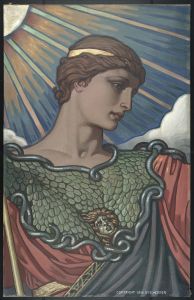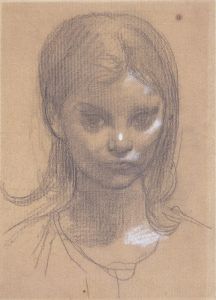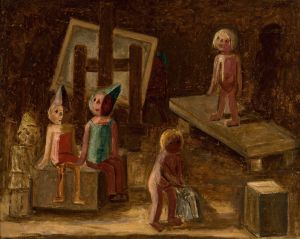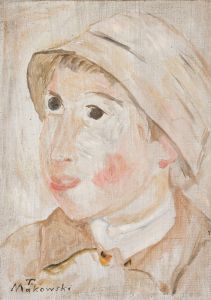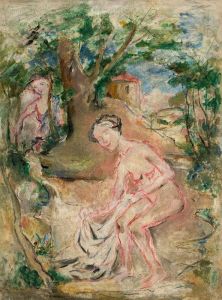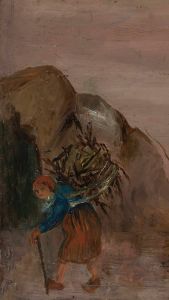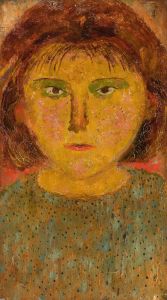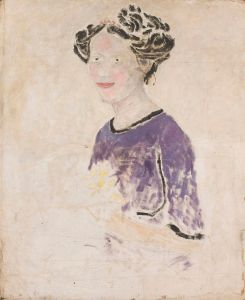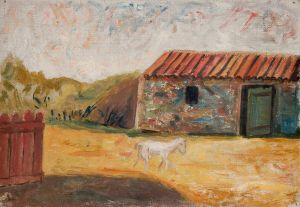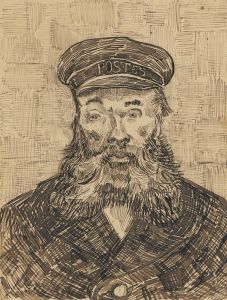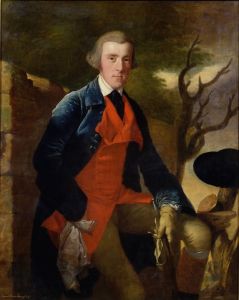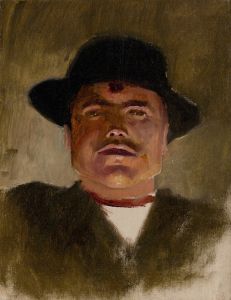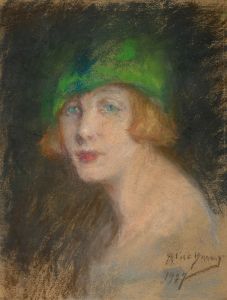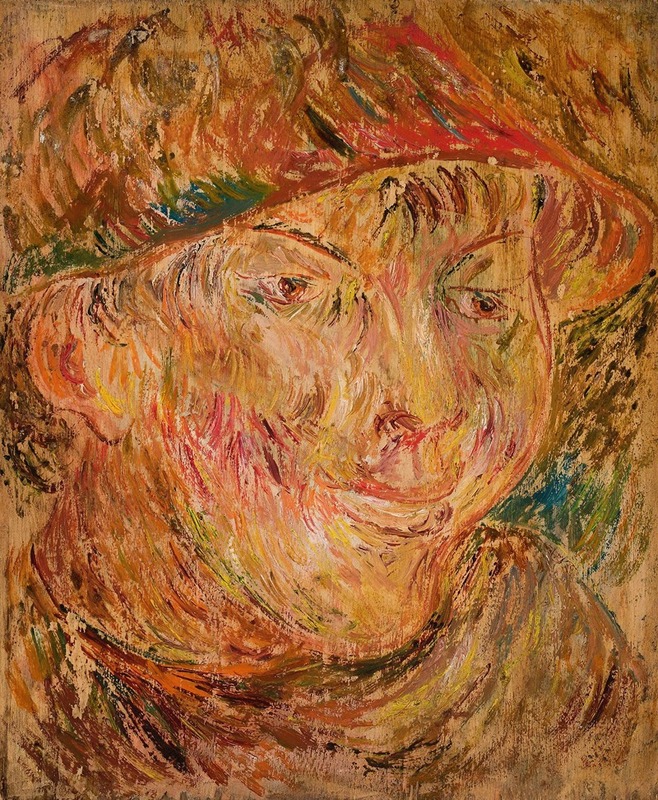
Head of a boy in a hat
A hand-painted replica of Tadeusz Makowski’s masterpiece Head of a boy in a hat, meticulously crafted by professional artists to capture the true essence of the original. Each piece is created with museum-quality canvas and rare mineral pigments, carefully painted by experienced artists with delicate brushstrokes and rich, layered colors to perfectly recreate the texture of the original artwork. Unlike machine-printed reproductions, this hand-painted version brings the painting to life, infused with the artist’s emotions and skill in every stroke. Whether for personal collection or home decoration, it instantly elevates the artistic atmosphere of any space.
Tadeusz Makowski was a Polish painter known for his unique style that combined elements of folk art, cubism, and expressionism. Born on January 29, 1882, in Oświęcim, Poland, Makowski initially studied classical philology at the Jagiellonian University in Kraków before turning to art. He later attended the Academy of Fine Arts in Kraków, where he studied under Józef Mehoffer and Jan Stanisławski. In 1908, Makowski moved to Paris, which was then the epicenter of the art world, and became influenced by the avant-garde movements of the time.
"Head of a Boy in a Hat" is one of Makowski's notable works, reflecting his distinctive style that often depicted children and scenes of everyday life with a whimsical yet profound touch. Makowski's paintings are characterized by their simplicity, use of geometric forms, and a muted color palette, which together create a sense of innocence and nostalgia. His works often evoke a childlike wonder, capturing the essence of childhood with a depth that resonates with viewers.
In "Head of a Boy in a Hat," Makowski employs a style that is both simplistic and expressive. The painting features a young boy wearing a hat, rendered with soft, rounded shapes and a gentle color scheme. The boy's face is depicted with minimal detail, yet it conveys a sense of personality and emotion. This approach is typical of Makowski's work, where the focus is on capturing the spirit and mood of the subject rather than a realistic portrayal.
Makowski's time in Paris exposed him to various artistic influences, including cubism, which is evident in his use of geometric shapes and forms. However, unlike many of his contemporaries, Makowski did not fully embrace abstraction. Instead, he maintained a connection to the figurative, often drawing inspiration from Polish folk art and traditions. This blend of influences is apparent in "Head of a Boy in a Hat," where the simplicity of form and the subtle use of color reflect both modernist and folk art elements.
Throughout his career, Makowski remained somewhat on the periphery of the mainstream art movements, developing a personal style that was both unique and timeless. His work gained recognition for its ability to convey complex emotions through simple, almost naive imagery. Makowski's paintings often feature children, not only as subjects but as symbols of purity and innocence, which he believed were essential qualities in art.
Tadeusz Makowski continued to live and work in France until his death on November 1, 1932. Despite being away from his homeland, his work retained a distinctly Polish character, drawing on the cultural and artistic heritage of his native country. Today, Makowski is regarded as one of Poland's most important artists of the early 20th century, and his works are held in high esteem in both Polish and international art circles.
"Head of a Boy in a Hat" exemplifies Makowski's ability to blend simplicity with emotional depth, creating a piece that is both accessible and profound. His work continues to be celebrated for its unique perspective and contribution to the world of art, bridging the gap between traditional and modernist approaches.





